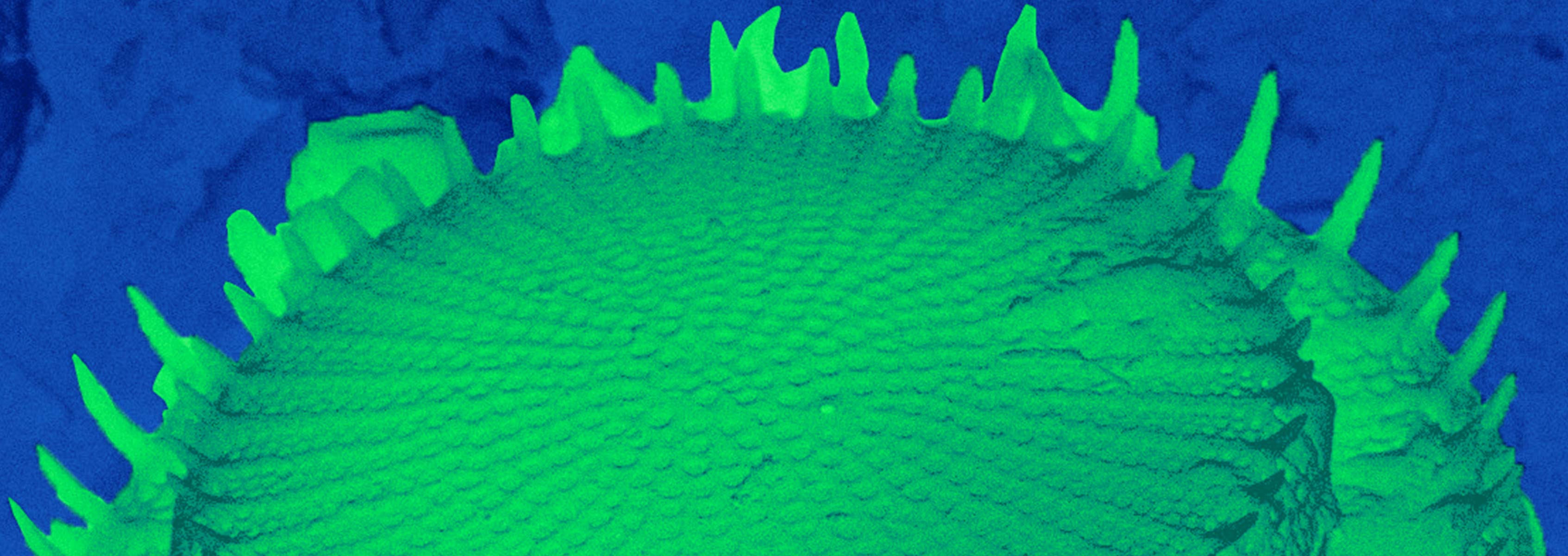Engineering Diatoms to Optimize Production of Desired Products

Diatoms are unicellular photosynthetic microbes that also happen to dominate many nutrient induced ocean and freshwater algal blooms, and a substantial proportion of existing oil reserves are originally derived of million year old diatom blooms. Not surprisingly, their propensity for fast growth and high yields, diatoms are both ecologically important and promising for biotechnology. Relative to other bioproduction organisms like E. coli or yeast, the genomic, genetic, and basic physiology understanding of diatoms lags.
A long running project in the Department of Microbiology & Environmental Genomics at JCVI involves a comprehensive exploration of the genomics and physiology of the model marine diatoms Thalassiosira pseudonana, Phaeodactylum tricornutum, and Fragilariopsis cylindrus. Department of Energy funded research into P. tricorntum has resulted in whole genome based models of metabolism, the development of artificial chromosomes, a detailed understanding of the role of nitrate reductase, and the establishment of modern genome engineering tools. Ongoing work continues to explore fundamental aspects of diatom physiology as well as conducting design-build-test cycles with engineered diatoms to optimize the production of desired products.